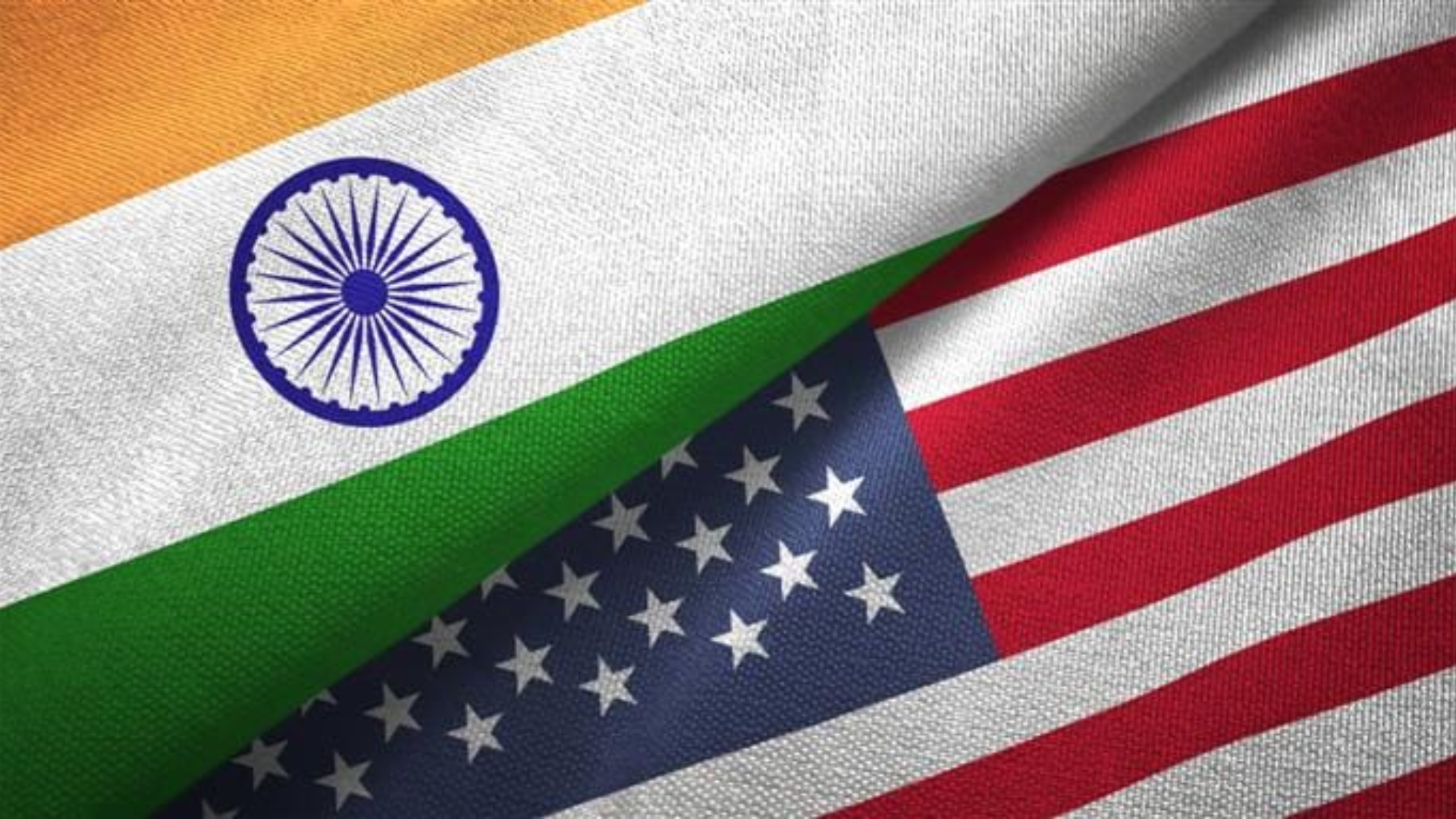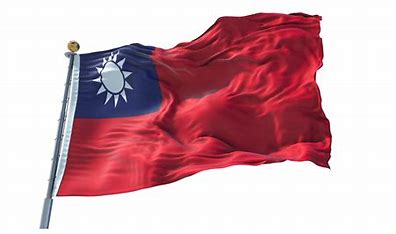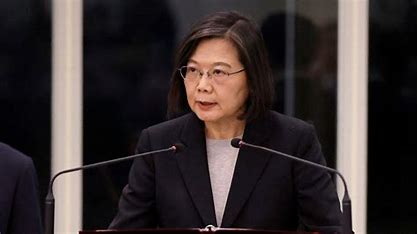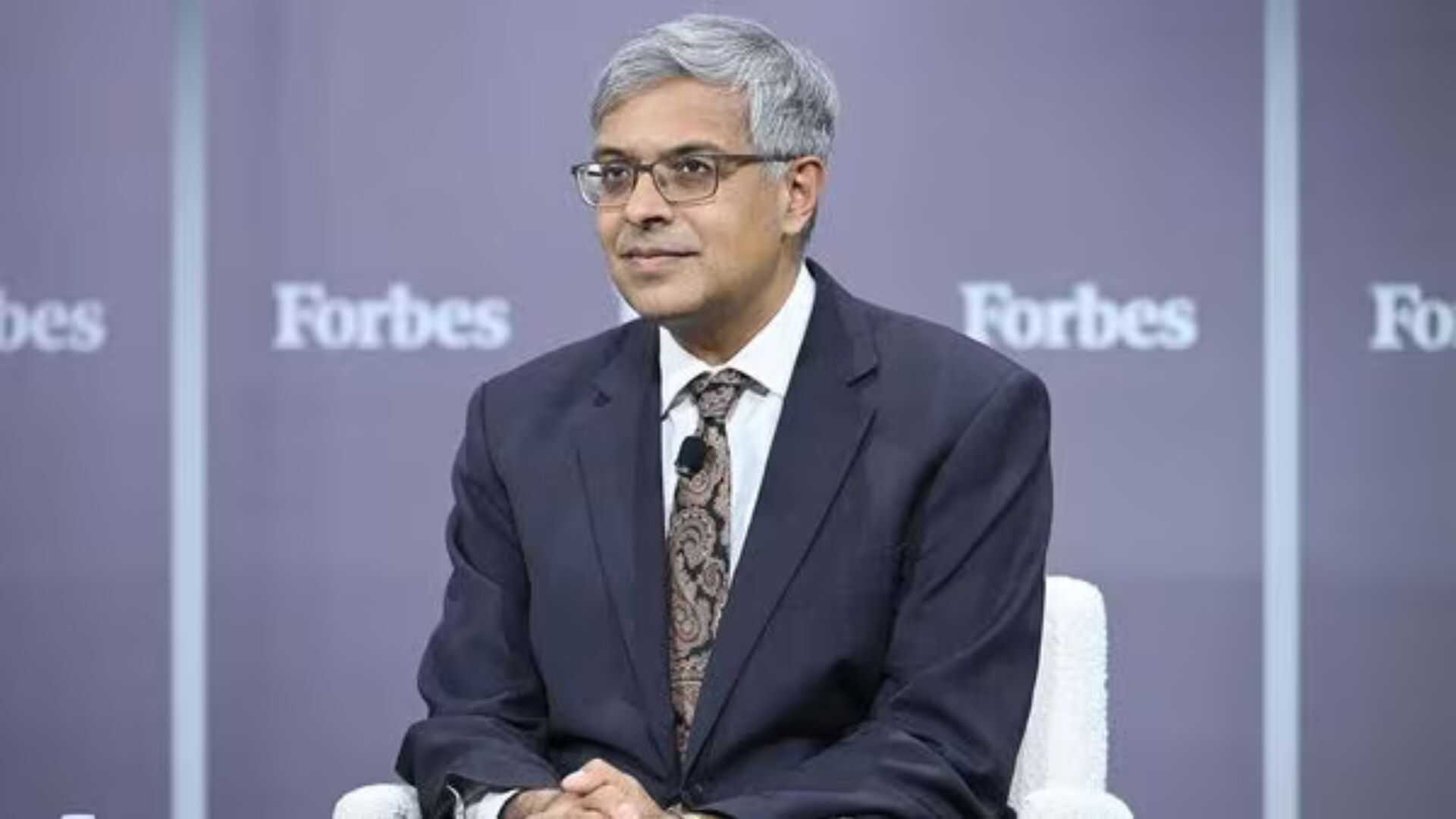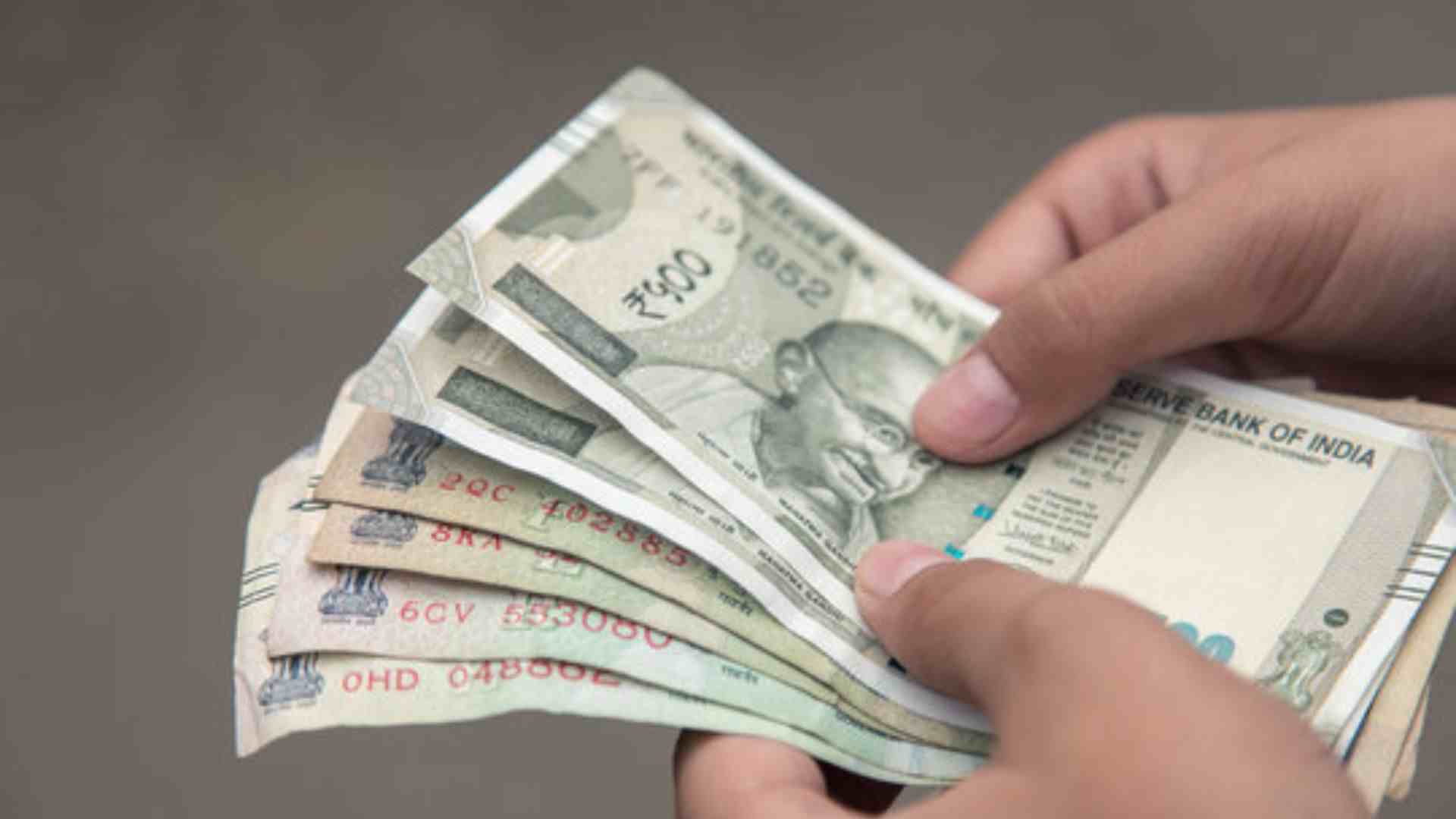
The global currency market is ever-changing, with the foreign exchange market, known as forex (FX), as its primary platform for trading currencies across nations. Forex is the largest and most liquid market globally, handling trillions of dollars daily.
Unlike traditional markets, forex operates without a centralized location or single government oversight, making it unique in its structure and function. Despite its extensive use, the value and purchasing power of currencies can differ greatly.
There are approximately 180 currencies recognized as legal tender worldwide. While many are familiar with today’s major currencies, the oldest ones still in use may be less well-known.
The U.S. dollar, despite its global prominence, is not the oldest currency. The British Pound Sterling, which originated in the 12th century during King Henry II’s reign, is the oldest currency still in circulation. Following the British pound are the Serbian dinar and the Russian ruble, both established in the 13th century.
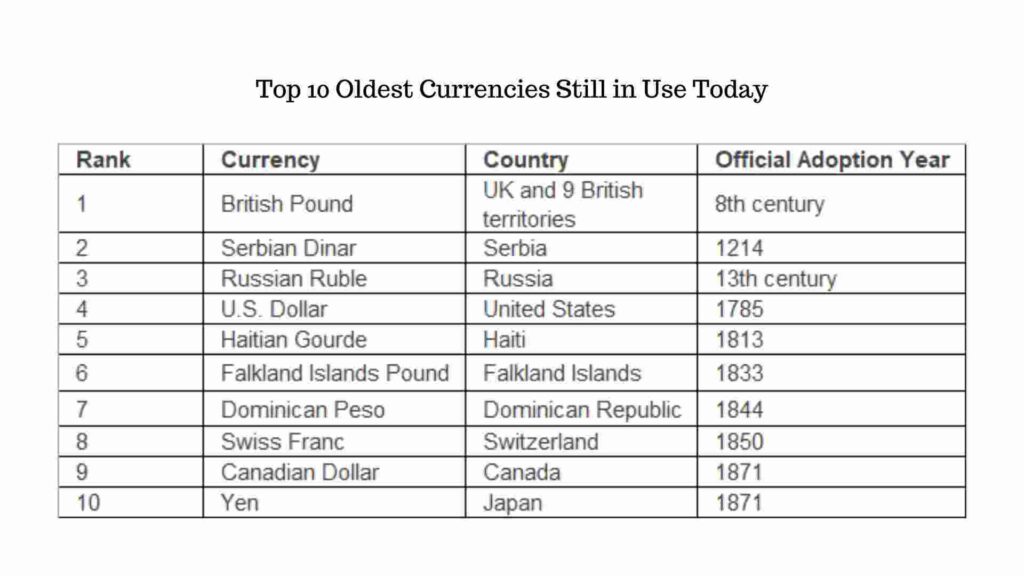
The Indian rupee has a rich history dating back to around the 6th century BCE, when ancient Indian kingdoms began minting coins.
During the Mauryan Empire (322–185 BCE), standardized punch-marked coins were introduced, enhancing trade and commerce. The term “Rūpyarūpa” was first officially used during this period.
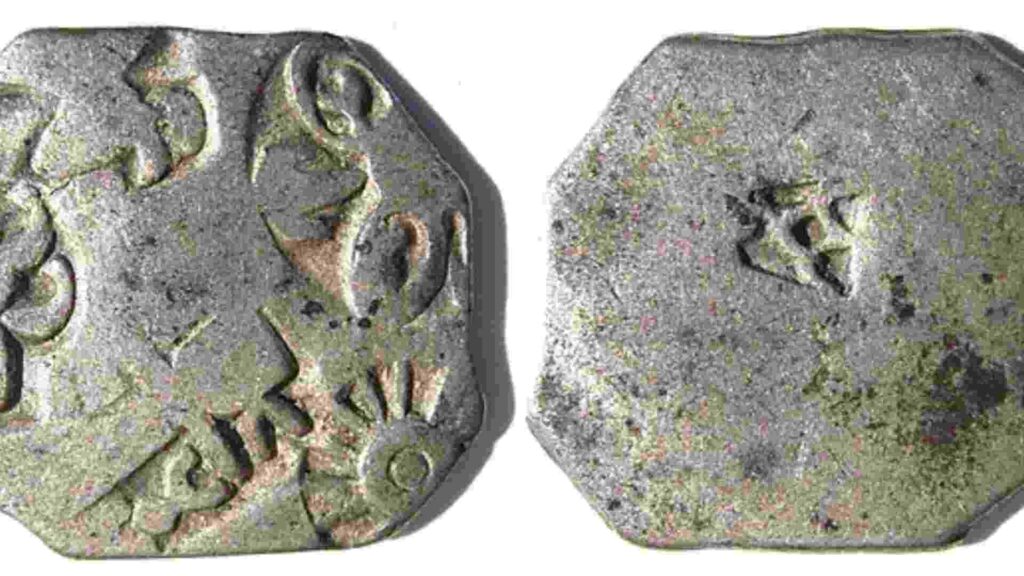
Under British rule, the currency system was controlled until India’s independence in 1947. The Indian rupee was then adopted as the national currency, and in 1957, the decimal system was introduced, dividing the rupee into 100 paise.
In October 1987, the Rs. 500 note was introduced featuring Mahatma Gandhi’s portrait, with the Lion Capital, Ashoka Pillar as the watermark.
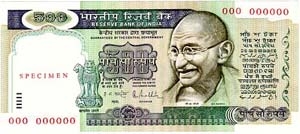
In November 2016, Prime Minister Modi announced the demonetisation of Rs. 500 and Rs. 1000 notes to address black money and corruption, leading to the introduction of a new series of INR notes in different colors.

